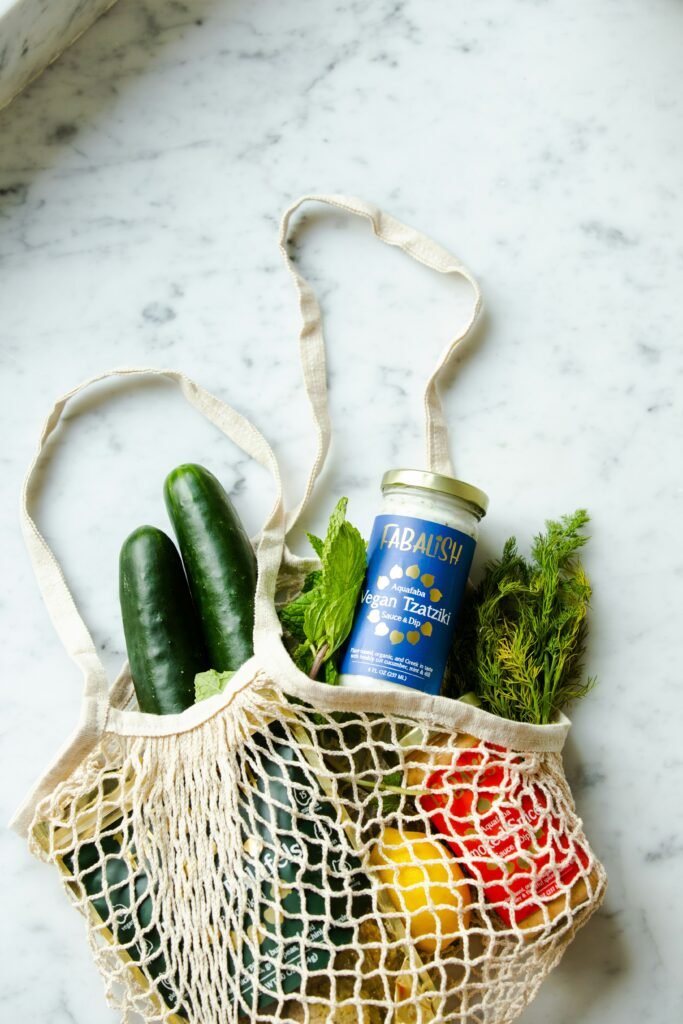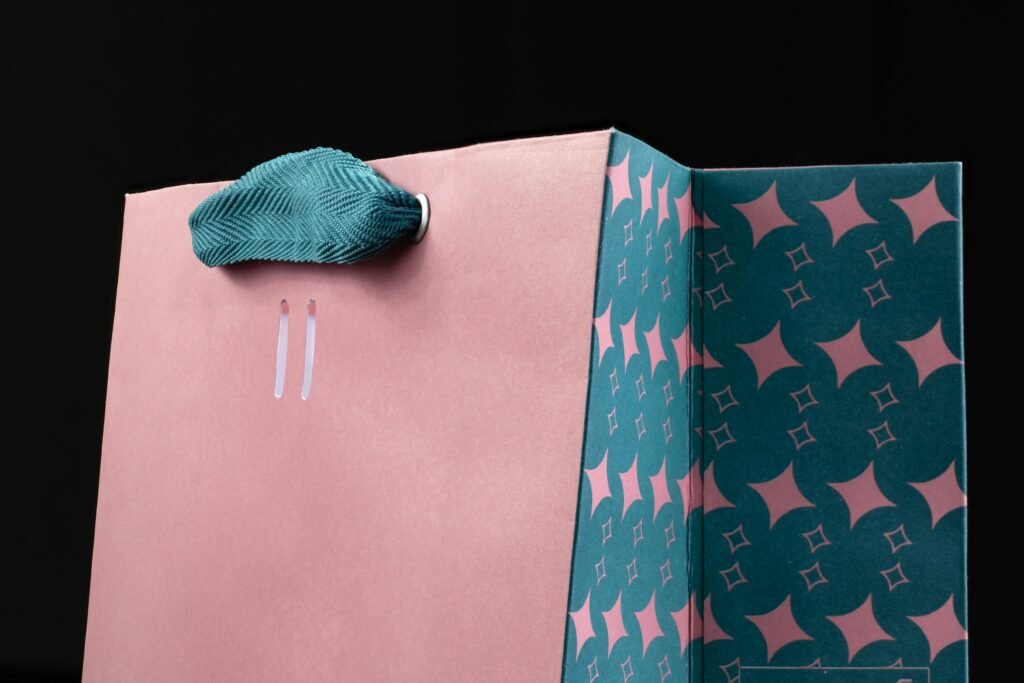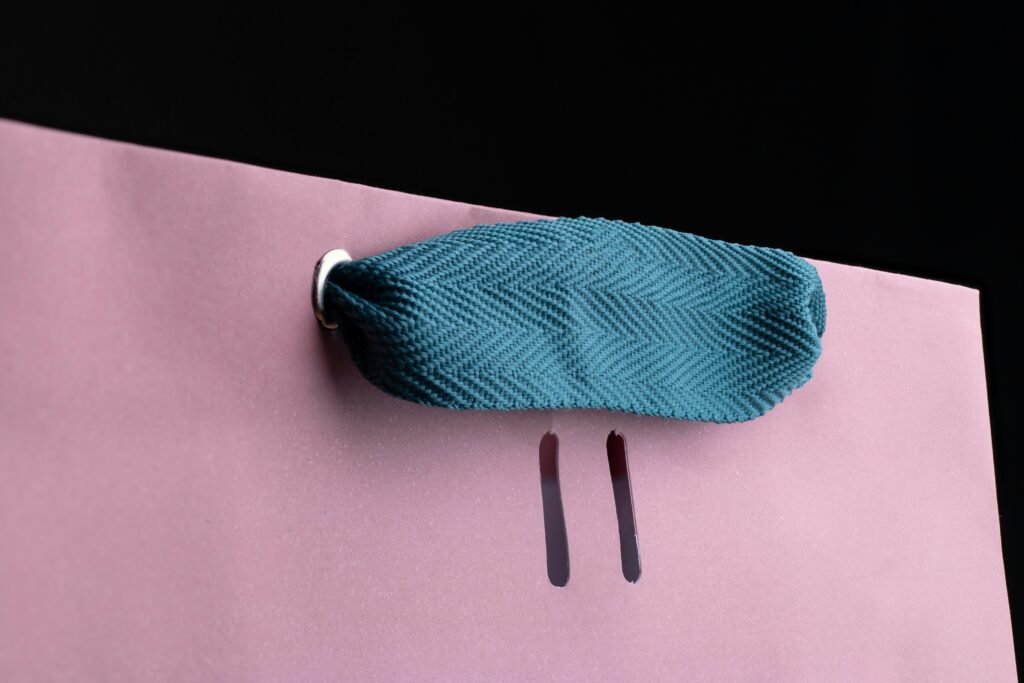Are you curious to learn more about eco-friendly fabrics used in high-quality socks? Look no further! In this article, we will take a closer look at the sustainable and eco-friendly materials that are commonly used in the production of high sock materials. From bamboo to organic cotton, these fabrics not only offer comfort and durability but also make a positive impact on the environment. Join us as we explore these innovative materials and their benefits, so you can make a more informed choice when it comes to your sock collection.

This image is property of images.unsplash.com.
Organic Cotton
Introduction to Organic Cotton
Organic cotton is a type of fabric that is grown without the use of harmful pesticides or synthetic fertilizers. It is produced using methods and materials that have a lower impact on the environment compared to conventional cotton. The cultivation of organic cotton promotes ecological balance and conserves biodiversity.
Benefits of Organic Cotton
Choosing organic cotton for your socks is not only beneficial for the environment but also for your health. Organic cotton is free from toxic chemicals, making it hypoallergenic and gentle on the skin. It is also more breathable and moisture-wicking, ensuring that your feet stay dry and comfortable throughout the day. Additionally, by supporting organic cotton cultivation, you are contributing to the well-being of cotton farmers and promoting sustainable farming practices.
How Organic Cotton is Produced
The production of organic cotton involves strict adherence to organic farming standards. Instead of using synthetic pesticides, organic farmers rely on natural methods like crop rotation, beneficial insect predators, and compost to control pests and maintain soil fertility. Genetically modified organisms (GMOs) are also prohibited in organic cotton farming. Certification bodies ensure that the cotton is grown according to these standards, providing consumers with the assurance that their socks are made from genuinely organic cotton.
Brands and Products to Look Out For
When shopping for organic cotton socks, consider brands that prioritize sustainability and ethical manufacturing practices. Some notable brands in this category include Pact Organic, Maggie’s Organics, and Thought. These brands offer a wide range of styles and designs to suit every taste, while ensuring the highest quality and integrity in their products.
Bamboo
Introduction to Bamboo Fabric
Bamboo fabric is a versatile and sustainable material made from the cellulose fibers of bamboo plants. It is known for its soft and silky texture, as well as its excellent moisture-wicking and temperature-regulating properties. Bamboo is a rapidly renewable resource that requires minimal pesticides and fertilizers to grow.
Benefits of Bamboo Fabric
Choosing bamboo fabric for your socks not only feels luxurious but also offers several benefits. Bamboo is naturally hypoallergenic, making it suitable for those with sensitive skin or allergies. Its moisture-wicking properties help keep your feet cool and dry, making it an excellent choice for active individuals. Bamboo fabric is also antimicrobial, meaning it naturally repels odor-causing bacteria, keeping your socks fresh and odor-free.
How Bamboo Fabric is Produced
The production of bamboo fabric begins with harvesting the bamboo stalks, which are then crushed and soaked in a solution to extract the cellulose fibers. These fibers are then spun into yarns and woven into fabric. It is important to note that the chemical process used to extract bamboo fibers, known as the viscose or rayon process, can have environmental implications. However, advancements in technology have led to more sustainable bamboo fabric production methods that minimize the negative impact on the environment.
Brands and Products to Look Out For
When looking for bamboo socks, consider brands that prioritize sustainable and responsible sourcing and production. Examples of such brands include Boody, Cariloha, and Thought. These brands offer a wide range of bamboo socks, from casual to athletic styles, ensuring comfort, performance, and eco-friendliness.

This image is property of images.unsplash.com.
Hemp
Introduction to Hemp Fabric
Hemp fabric is derived from the fibers of the hemp plant, a durable and sustainable crop. It has a unique texture and a natural luster that adds a touch of luxury to your socks. Hemp is one of the most eco-friendly fibers available, as it requires minimal water, pesticides, or fertilizers to grow.
Benefits of Hemp Fabric
Hemp fabric offers numerous benefits that make it an excellent choice for high-quality socks. It is highly durable and long-lasting, ensuring that your socks will withstand frequent wear and washing. Hemp is also naturally antibacterial and odor-resistant, keeping your feet fresh and odor-free. Additionally, hemp fabric is known for its breathability and moisture-wicking properties, making it ideal for all-day comfort.
How Hemp Fabric is Produced
The production of hemp fabric begins by extracting the long fibers from the inner bark of the hemp plant. These fibers are then spun into yarns and woven into fabric. Hemp cultivation requires minimal water, and the plant itself naturally suppresses weed growth, reducing the need for pesticides. The use of organic farming practices further enhances the sustainability of hemp fabric production.
Brands and Products to Look Out For
When seeking hemp socks, look for brands that prioritize sustainability and fair trade practices. Conscious Step, WAMA Underwear, and QUITOKEETO are examples of brands that offer high-quality hemp socks in a variety of styles and designs. These brands are committed to using sustainable materials and ethical manufacturing processes, ensuring that your socks are both eco-friendly and socially responsible.
Recycled Polyester
Introduction to Recycled Polyester
Recycled polyester is a fabric made from post-consumer plastic bottles, as well as other plastic waste such as fishing nets and textile scraps. By diverting these materials from landfills and oceans, recycled polyester helps reduce pollution and conserve natural resources. It offers a sustainable alternative to virgin polyester, without compromising on performance or quality.
Benefits of Recycled Polyester
By choosing socks made from recycled polyester, you are directly contributing to the reduction of plastic waste and the conservation of fossil fuels. Recycled polyester has excellent moisture-wicking properties and is highly durable, ensuring that your socks will last through countless wears and washes. Additionally, the production of recycled polyester requires less energy and water compared to the production of virgin polyester, further reducing its environmental impact.
How Recycled Polyester is Produced
The production of recycled polyester involves several steps. First, plastic bottles and other plastic waste are collected and sorted. They are then cleaned and processed into small chips or pellets. These chips are melted and extruded into fine yarns, which can be woven or knit into fabric. Some recycled polyester fabrics also incorporate innovative technologies that enhance their performance and sustainability.
Brands and Products to Look Out For
When shopping for socks made from recycled polyester, consider brands that prioritize circular economy principles and ethical production. Darn Tough, Smartwool, and Bombas are renowned brands that offer an extensive range of recycled polyester socks. Not only do these brands focus on sustainability, but they also prioritize comfort, durability, and style.

This image is property of images.unsplash.com.
Tencel (Lyocell)
Introduction to Tencel (Lyocell) Fabric
Tencel, also known as Lyocell, is a type of fabric made from the cellulose fibers of sustainably harvested trees, commonly eucalyptus. It is known for its exceptional softness, breathability, and moisture absorption. Tencel is produced through an environmentally responsible closed-loop process that minimizes waste and chemical usage.
Benefits of Tencel (Lyocell) Fabric
Choosing Tencel fabric for your socks ensures optimal comfort and sustainability. Tencel is hypoallergenic and gentle on the skin, making it suitable for those with sensitive feet. It has excellent moisture management properties, effectively wicking away sweat and preventing bacterial growth. Tencel fabric is also highly breathable, allowing air circulation and reducing the risk of foot odor.
How Tencel (Lyocell) Fabric is Produced
The production of Tencel fabric begins with sustainably sourced wood pulp. The wood pulp is dissolved in a non-toxic solvent, creating a solution that is then spun into fibers. These fibers are then woven or knit into fabric. The closed-loop production process of Tencel ensures that over 99% of the solvent is recovered and reused, minimizing waste and environmental impact.
Brands and Products to Look Out For
When searching for Tencel socks, consider brands that prioritize sustainability and environmental stewardship. Some notable brands in this category include Thought, ETIKO, and Boody. These brands offer a range of Tencel socks that combine style, comfort, and eco-consciousness.
Modal
Introduction to Modal Fabric
Modal fabric is a type of semi-synthetic fabric made from the cellulose fibers of beech trees. It is known for its silky and soft texture, as well as its excellent draping properties. Modal fabric is often blended with other natural fibers to enhance its performance and sustainability.
Benefits of Modal Fabric
Socks made from modal fabric offer luxurious comfort and several practical benefits. Modal fabric is extremely soft and gentle on the skin, making it ideal for individuals with sensitive feet. It is highly breathable and moisture-wicking, effectively regulating foot temperature and keeping your feet dry and comfortable. Modal fabric also has excellent color retention, ensuring that your socks stay vibrant even after multiple washes.
How Modal Fabric is Produced
The production of modal fabric involves processing the cellulose fibers extracted from beech trees. The wood pulp is dissolved in a non-toxic solvent and then spun into fibers. These fibers are then woven or knit into fabric. The closed-loop production process of modal ensures that the solvent is continually reused, minimizing waste and environmental impact.
Brands and Products to Look Out For
When looking for modal socks, consider brands that combine sustainability with style and comfort. Organic Basics, Boody, and Thought are noteworthy brands that offer a range of modal socks in various designs. These brands prioritize ethical manufacturing practices and use high-quality, sustainable materials to create socks that are both eco-friendly and fashionable.
Soybean Fiber
Introduction to Soybean Fiber
Soybean fiber, also known as soy silk, is a sustainable and biodegradable fabric made from the byproducts of soybean oil production. Soybean fiber possesses a smooth and silky texture, making it a comfortable choice for socks. It is also highly breathable, moisture-absorbing, and hypoallergenic.
Benefits of Soybean Fiber
Socks made from soybean fiber offer several benefits for both you and the environment. Soybean fiber is naturally antimicrobial, preventing the growth of odor-causing bacteria and keeping your feet fresh. It is also thermal-regulating, meaning it can keep your feet cool in the summer and warm in the winter. Additionally, soybean fiber is biodegradable and renewable, minimizing its impact on the environment.
How Soybean Fiber is Produced
The production of soybean fiber involves extracting the byproducts of soybean oil production, such as the soy residue or okara. The soy residue is processed into a fine powder, which is then dissolved in a non-toxic solvent. The solution is then extruded into fibers, which can be spun into yarns and woven into fabric. The production of soybean fiber utilizes agricultural waste, reducing the overall environmental footprint.
Brands and Products to Look Out For
When searching for soybean fiber socks, consider brands that prioritize sustainability and innovation. AION, Nature Socks, and Secrets In Lace are brands that offer soybean fiber socks that combine comfort, style, and eco-friendliness. These brands focus on using high-quality materials and employ ethical manufacturing practices, ensuring that your socks are both environmentally conscious and fashion-forward.
Seacell
Introduction to Seacell Fabric
Seacell fabric is a unique and sustainable material derived from seaweed, specifically the seaweed species Ascophyllum nodosum. It is known for its soft and smooth texture, as well as its hypoallergenic properties. Seacell fabric offers natural healing properties and has a positive effect on the skin.
Benefits of Seacell Fabric
Choosing socks made from Seacell fabric not only feels luxurious but also provides health benefits for your feet. Seacell fabric is rich in natural minerals, vitamins, and antioxidants derived from seaweed. These beneficial substances are released upon contact with the skin, helping to promote skin regeneration and fending off bacteria. Seacell fabric also has moisture-wicking properties, ensuring that your feet stay dry and comfortable throughout the day.
How Seacell Fabric is Produced
The production of Seacell fabric involves blending the cellulose extracted from seaweed with wood pulp. This blend is then spun into fibers and woven or knit into fabric. The seaweed used in Seacell fabric is sustainably harvested and does not require the use of additional freshwater or land resources. The production process of Seacell fabric is environmentally friendly and does not involve the use of harsh chemicals.
Brands and Products to Look Out For
When searching for Seacell socks, consider brands that prioritize sustainability and skin-friendly materials. Healifty, un-sun, and Prettify Me offer a range of Seacell socks that combine style, comfort, and eco-consciousness. These brands utilize the unique properties of Seacell fabric to create socks that nourish your skin and keep your feet feeling pampered.
Flax (Linen)
Introduction to Flax (Linen) Fabric
Flax fabric, commonly known as linen, is derived from the fibers of the flax plant. It is one of the oldest known textiles and has been used for centuries due to its durability and versatility. Linen fabric is lightweight, breathable, and has a distinctive texture, making it a popular choice for socks.
Benefits of Flax (Linen) Fabric
Flax fabric offers several advantages for socks that make it a sought-after material. Linen is highly breathable and moisture-wicking, ensuring optimal airflow and preventing sweat buildup. It is also naturally hypoallergenic and has antimicrobial properties, making it suitable for individuals with sensitive or allergy-prone skin. Additionally, linen fabric becomes softer and more comfortable with each wash, ensuring that your socks become even more enjoyable over time.
How Flax (Linen) Fabric is Produced
The production of linen fabric begins with the cultivation of flax plants. After harvesting, the flax stalks undergo a mechanical process known as retting, where the stalks are soaked in water to facilitate the separation of fibers from the woody core. The fibers are then spun into yarns and woven or knit into fabric. Linen production requires minimal water, pesticides, and synthetic fertilizers, making it a highly sustainable choice.
Brands and Products to Look Out For
When looking for linen socks, consider brands that prioritize sustainability and craftsmanship. LINNEA THE STORE, Linenshed, and Magic Linen are examples of brands that offer a range of linen socks. These brands focus on creating high-quality products using ethically sourced and natural materials, ensuring that your socks are both eco-friendly and timeless.
Sustainable Dyeing and Finishing Processes
Introduction to Sustainable Dyeing and Finishing
Dyeing and finishing processes play a significant role in the overall sustainability of textile production. Sustainable dyeing and finishing methods aim to minimize the use of harmful chemicals, reduce water consumption, and ensure proper waste management. By choosing socks made using sustainable dyeing and finishing processes, you can further contribute to eco-friendly fashion.
Benefits of Sustainable Dyeing and Finishing
Sustainable dyeing and finishing processes offer several advantages for both the environment and your well-being. They reduce the release of toxic chemicals into water bodies, thereby minimizing water pollution. Sustainable dyeing methods also use less water and energy, resulting in a lower carbon footprint. Moreover, socks dyed using sustainable processes are free from harmful residues, reducing the risk of skin irritation or allergies.
Methods and Techniques for Sustainable Dyeing and Finishing
Several methods and techniques contribute to sustainable dyeing and finishing processes. Natural dyes derived from plants, such as indigo, turmeric, and madder root, offer a sustainable and low-impact alternative to synthetic dyes. Low-water or waterless dyeing methods, such as air dyeing or digital printing, significantly reduce water consumption during the dyeing process. Innovative finishing techniques, such as enzymatic finishing or laser etching, eliminate the need for harsh chemicals and conserve energy.
Brands and Products to Look Out For
When seeking socks produced using sustainable dyeing and finishing processes, consider brands that prioritize transparency and environmental responsibility. ABLE, PACT Organic, and Maggie’s Organics are examples of brands that offer socks made using sustainable dyeing and finishing methods. These brands utilize natural dyes or low-impact synthetic dyes, minimize water consumption, and ensure responsible waste disposal throughout their manufacturing processes.
In conclusion, sustainable and eco-friendly high sock materials offer a variety of benefits for both the environment and your personal well-being. By choosing fabrics such as organic cotton, bamboo, hemp, recycled polyester, Tencel, modal, soybean fiber, Seacell, or flax, you can make a positive impact on the planet without compromising style or comfort. Additionally, selecting socks dyed and finished using sustainable methods enhances your commitment to environmentally responsible fashion. With a wide range of brands and products available, you can make conscious choices that align with your values and contribute to a more sustainable future.
